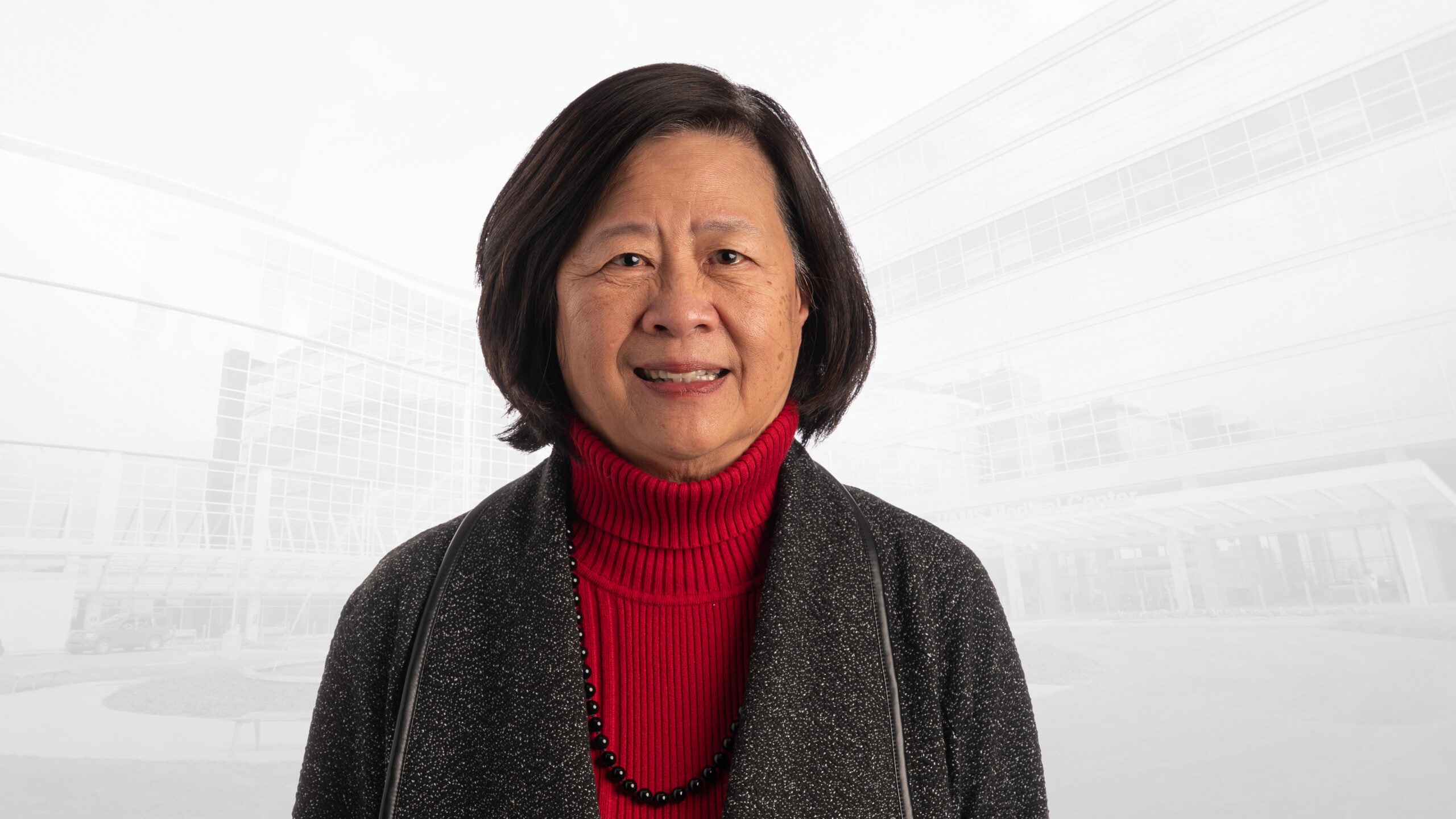UAMS Biostatistics Contributes to Groundbreaking ANCHOR Study
| The UAMS Department of Biostatistics played a key role in a successful national clinical trial to treat anal cancer in persons living with HIV.
Jeannette Y. Lee, Ph.D., UAMS biostatistics professor and biostatistics leader for the Winthrop P. Rockefeller Cancer Institute at UAMS, served as the statistical center director for the National Cancer Institute’s (NCI) Anal Cancer/HSIL Outcomes Research (ANCHOR) study.
“This is one of the largest studies of cancer prevention among persons living with HIV, and it offers an opportunity for these individuals to reduce their risk of anal cancer through removal of precancerous lesions,” said Lee, who is a member of the NCI Clinical Oncology Study Section and principal investigator of the Statistical Center for the AIDS-Associated Malignancies Clinic Trials Consortium.
Recently halted due to its high success rate, the randomized clinical trial of 4,446 participants found that by removing high-grade squamous intraepithelial lesions (HSIL), chances of progression to anal cancer were significantly reduced.
The trial is the first to show such findings and was performed at 21 clinical sites around the United States. Results are being prepared for peer-reviewed publication and are being shared now because of the public health importance of the findings.
Led by Lee, the UAMS Biostatistics Department collaborated with the NCI study team to design the clinical trial, estimate the sample size, prepare the analytic plan and analyze the results. An NCI-appointed Data Safety and Monitoring Board monitored the study, reviewed the study’s progress and evaluated interim analyses of safety and efficacy. Lee’s team played a key role in generating reports for and meeting with the data safety board over the years.
The study caps decades of research into the history, prevention and treatment of anal cancer and its precursors. It also provides important information for developing standard of care guidelines for people at high risk of anal cancer, including screening for and treatment of anal HSIL, said lead investigator Joel Palefsky, M.D., a professor of medicine at the University of California San Francisco.
“ANCHOR data show for the first time that, like cervical cancer, anal cancer can be prevented even in high-risk populations, such as people living with HIV, who often have HSIL that can be difficult to treat,” Palefsky said. “Although the study was performed in people living with HIV, the results suggest that anal cancer prevention could be similarly possible in other groups known to be at increased risk of anal cancer, including women with a history of vulvar or cervical cancer, men who have sex with men who are HIV-negative, and men and women who have immunosuppression for reasons other than HIV infection.”
According to the NCI, the incidence of anal cancer is very high among people with HIV and is similar to cervical cancer: both have a strong association with human papillomavirus and are preceded by HSIL. The ANCHOR study will provide key information in guiding recommendations to make anal cancer prevention programs the standard of care for people at high risk of anal cancer.
